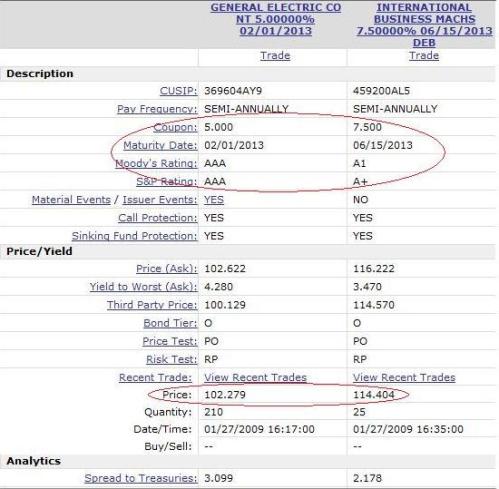*As Advertised.
An insightful piece from Seeking Alpha prompted this post, as I’ve noticed deficiencies in the use of certain types of ETF’s:
- “USO” – which tracks the spot price of Crude Oil
- Any of the Proshares Leveraged ETF’s (short or long – SKF, UYG, SDS, SSO, DXD, DDM…)
I am certainly late to the party of pointing out the leveraged ETF’s, but nonetheless have a few things to say.
First, the explanation on USO from Seeking Alpha:
Here are the current prices for oil contracts with expirations in the next six months. Notice how every contract is more expensive than the one that preceded it. USO follows a simple strategy of buying the current contract and then rolling into the next contract before the current one expires.
| March 2009 |
$40.42 |
| April 2009 |
$46.22 |
| May 2009 |
$48.88 |
| June 2009 |
$50.45 |
| July 2009 |
$51.28 |
| August 2009 |
$52.70 |
| Source: NYMEX. Data as of 2/9/08. |
Until last Friday, USO owned the March 2009 contract. Specifically, it owned 84,378 March contracts, entitling it to 84.4 million barrels of oil.
But on Friday, it sold all those contracts and bought the April contract instead. But because the April contract cost $6/barrel more than the March contract, it couldn’t afford as many contracts. In fact, if you exclude new inflows into the fund, it could only buy 73,444 April contracts.
Whammo presto, the holders of USO lost 13.4% of their exposure to crude oil. They now control less oil. If the spot price stays near $40/barrel, the value of those April contracts will decay back to $40/barrel over the next month and investors will lose their shirts. If the price of oil jumps 15% in the next month—before USO rolls again into the May contract—investors will only break even.
Basically, because the price of Oil is upward sloping, the parent fund has to cost average-up at the beginning of every month – they have to reinvest all of the money from expiring contracts at a higher price – meaning there is less firepower behind the investment.
(The author makes reference to “contango,” which may sound complicated but isn’t…it’s just when the Oil futures price is above the spot (current) price).
The Leveraged ETF’s, on the other hand, aren’t flawed per se; it is our perception of how they should work which is flawed.
This concept was well covered by the Wall Street Journal, and by Jim Cramer, who through the powers of cognitive dissonance decided that the Ultrashort Financials ETF (SKF) brought down the bank stocks in January (The author of the Proshares article from thestreet.com provides analysis on how this is somewhat true).
Here’s the WSJ excerpt:
The issue is that these funds are designed to double the index’s return — or double the inverse of that return — on a daily basis. The compounding of those daily moves can result in longer-term returns that have a very different relationship to the longer-term returns of the underlying index.
For example, take a double-leveraged fund with a net asset value of $100. It tracks an index that starts at 100 and that goes up 5% one day and then falls 10% the next day. Over that two-day period, the index falls 5.5% (climbing to 105, and then falling to 94.5). While an investor might expect the fund to fall by twice as much, or 11%, over that two-day period, it actually falls further — 12%.
Here’s why: On the first day, doubling the index’s 5% gain pushes the fund’s NAV to $110. Then, the next day, when the index falls 10%, the fund NAV drops 20%, to $88.
The funds themselves are tricky, but if you understand that making 10% is different than losing 10%, then this should make perfect sense.
End Lesson: These are instruments made for day traders, not long term investors.
Read Full Post »



